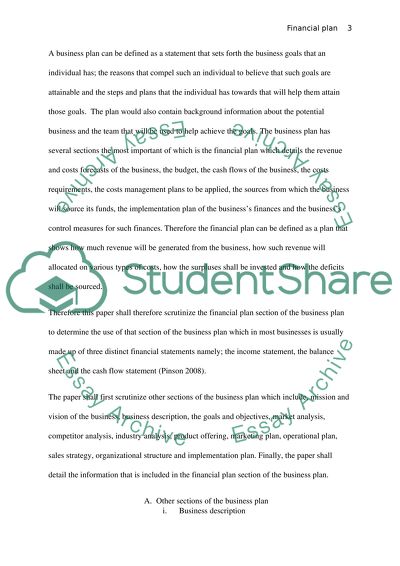Cite this document
(“Financial Plan Assignment Example | Topics and Well Written Essays - 3250 words”, n.d.)
Retrieved from https://studentshare.org/finance-accounting/1395508-financial-plan
Retrieved from https://studentshare.org/finance-accounting/1395508-financial-plan
(Financial Plan Assignment Example | Topics and Well Written Essays - 3250 Words)
https://studentshare.org/finance-accounting/1395508-financial-plan.
https://studentshare.org/finance-accounting/1395508-financial-plan.
“Financial Plan Assignment Example | Topics and Well Written Essays - 3250 Words”, n.d. https://studentshare.org/finance-accounting/1395508-financial-plan.


